Private ‘Titch’ (Percy Whittington) CARTER
22561 Formerly 1889 Worcestershire Regiment
Lance Corporal George William INSULL
22557 formerly 1885 Worcestershire Regiment
144th Company Machine Gun Corps
killed in action Monday 18th July 1916
Percy Carter is one of the best-documented casualties of the Great War, commemorated on the St Anne’s memorial. He is also one of the only casualties to die in the company of another: both Percy Carter and George Insull died as a result of German shelling at their post manning a machine gun on the Somme in 1916. George Insull is yet another of a pair of brothers commemorated on the Bewdley memorial. Their stories have been presented side by side.
Percy Whittington Carter was born on the 12th September 1896, one of nine children born to John William Carter, a farmer’s labourer / tanner (born in 1871), and Leah Carter, formerly Baker born in 1870. John Carter was nicknamed ‘Titch’, and worked at the tannery on Severn Side South. He was a great fisherman and knew and loved the Severn well. The family home was at Court 1, 4 Lax Lane. The Carters were also a musical family: Leah Carter played the piano by ear, and Percy went on to become a chorister at St Leonard’s Church at Ribbesford. The church was often packed to hear him sing, and he also played the mouth organ with skill. As well as his musical skills, Percy inherited the nickname ‘Titch’, and it was by this name he was known in the Army. By 1911, on the eve of the Great War ‘Titch’ carter was working as a brass worker.
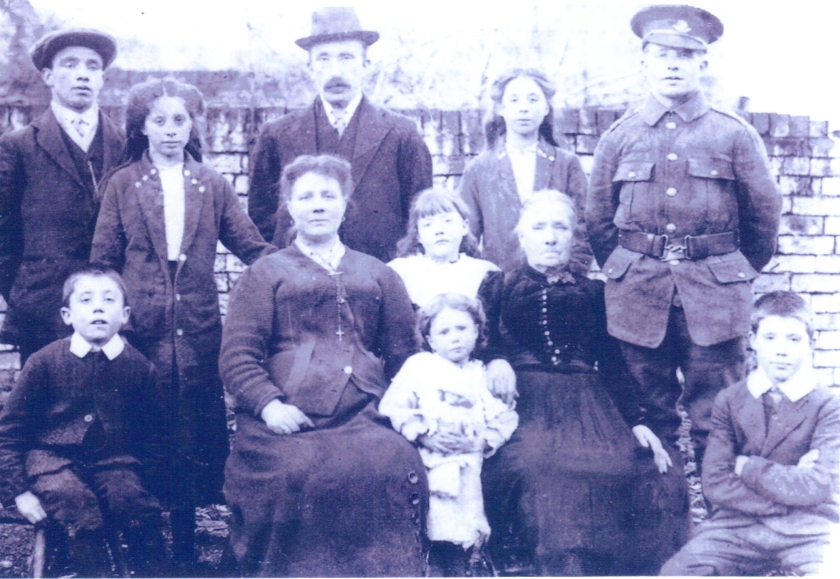
The Carter family with Percy standing in uniform
George William Insull was born on the 1st January 1896, the son of Rose and John Insull. The family lived in 32 Welch Gate, next door to John’s widowed mother Elizabeth. John was a tinsmith by trade, and by the time of the 1911 census, George was working as an errand boy.
At the outbreak of the war, Titch and George, like Corporal Del Barnfield, (see above), served with the 1/7th Worcestershire Regiment, a territorial unit. This battalion entered service in France on 31st March 1915, as part of the Gloucester and Worcester Brigade, South Midland Division. The formation became 144th Brigade, 48th (South Midland) Division. The division mobilised in August 1914 around Chelmsford, Essex throughout winter of 1914/1915. On the last day of March 1915, they began their journey to front arriving at Boulogne from Folkestone on 1st April 1915.
At the beginning of 1916, due to the realisation of the dominance of the machine gun on the battlefields of the Western Front, the machine gun sections of the British Army were completely reorganised, with the machine gunners forming an entirely different unit, the Machine Gun Corps. The machine gun sections of the 1/4th and 1/6th Gloucesters, and 1/7th and 1/8th Worcesters, of 144th Brigade, united on 23rd January 1916 to form 144th Brigade Machine Gun Company , mobilised at 10am. The detachment from the 1/7th Worcesters included Lt Reginald Southan, Lt EM Thomas and 34 men. Titch Carter and Lance Corporal George Insull both served in Lt Southan’s section, and Percy acted as Reginald Southan’s batman. The company continued to be attached to the 144th Brigade, part of the 48th (1/1st) South Midland Division. Their officer described Carter and Insull’s close friendship as making them like ‘brothers’, and it is somehow fitting that they would share the same fate.
Along with so many of the territorial and 1914 volunteer (or ‘Kitchener’ battalions), the crucible of their service on the Western front was the infamous Somme campaign of
1916. This was the most bloody and largest scale assault of the war so far; newly formed Kitchener battalions, regulars, territorials and troops from all over the then British Empire made the major assault against heavily defended German positions between Albert and Bapaume to the north of the Somme river, in conjunction with French forces in a major strategic campaign designed to wear down the German Army and relieve the pressure on the crucial Verdun sector, where German and French forces had been engaged in bitter attritional battles since February. The Somme has entered popular consciousness more than any other campaign in the Great War, and historical debate still rages around its role in the Allied victory. Its severity can be seen in the St Anne’s memorial where the Somme battles claimed the lives of no less than twelve of the seventy-five men recorded on the memorial.
On the 16th July 1916, the 144th Brigade and their machine gun company were involved in the final capture of the remains of the village of Ovillers along with 74th Brigade and the 1st/5th Royal Warwickshire Regiment of 143rd Brigade.
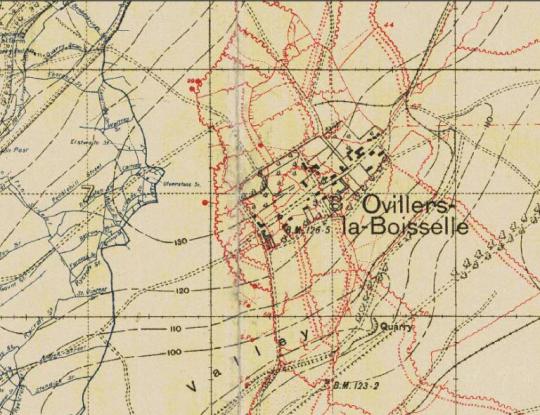
The company began their advance 4.30pm with the 1/7th Worcesters. Lt. Thomas was in command with number 13 and 14 guns moving to support the left flank. Lt Hannie’s guns supported the right flank. 3 guns of ‘C’ Section under 2nd Lt Oakfield formed a reserve, and at 8.30pm 2Lt Oakfield moved forward with numbers 10 and 12 guns to support the centre. Number 12 gun was the gun commanded by Lance Corporal George Insull and manned by Privates Carter and Hannon.
On the 17th July 144th Brigade took 300 yards of the original German front line north of Ovillers, and by the 18th July they had moved up to communication trenches north of the village. It was on the night of the 17th July that number 12 gun
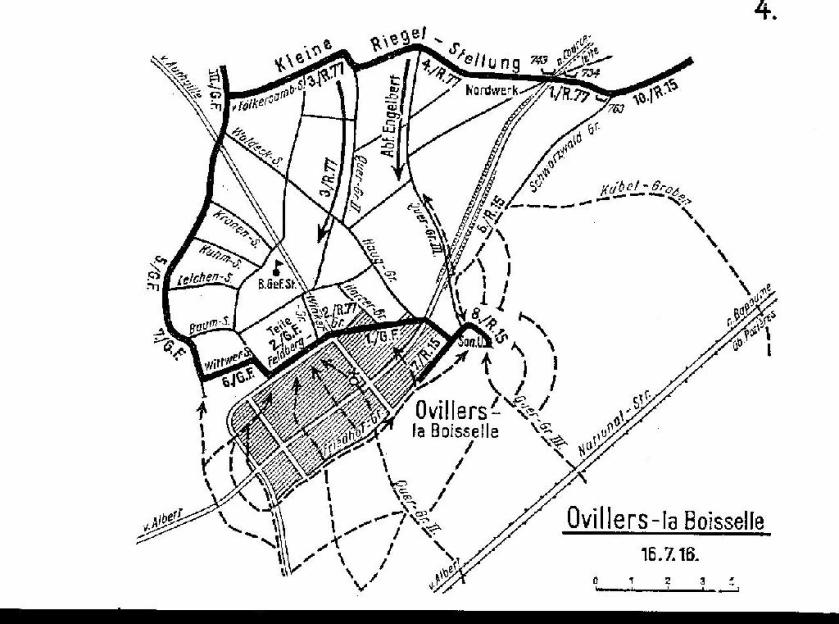
was buried by shell fire. Two German 5.9 shells hit the gun’s position at ‘Crucifix Corner’, a road junction with roads leading north towards Thiepval, east to Ovillers, south-east to La Boiselle, and south and west towards Albert. The crew of number 12 gun were killed, wounded or buried. The company war diary describes how Sgt Toombs of the 1/7th Worcesters (later MGC no 72925) and 2nd Lt Oakfield showed coolness and gallantry especially the former who despite being wounded, and being under intense shell fire, returned afterwards to dig out the gun. (Toombs was awarded the DCM: Stacke p.178).
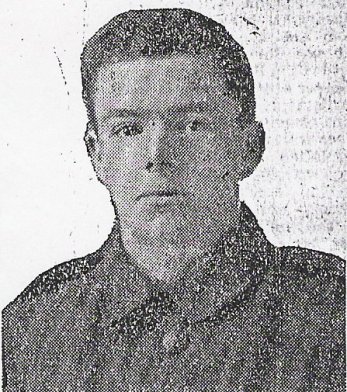
The casualties were: ‘Killed 22557 Lance Corporal Insull, 22301 Pte Hannon J, 22561 Pte Carter P. Wounded 11316 Pte Booth. Shell shock 9815 Pte Windom’ (1)
Lieut. Reginald Southan of the Machine Gun Corps, wrote to the Carter family, and his letter was reproduced in the Kidderminster Shuttle:
‘Dear Mr And Mrs Carter, – I was quite upset to hear of your son’s death, and I beg to offer you my deepest sympathy.
He was one of the best chaps in the world and one of the most popular men in the
company. He was a pal to everybody, brave as a lion, and always ready to run any risk. I am so sorry for you all. As I know how much you loved him, and I assure you that his death affects me as much as if he had been my brother.’ 2nd Lieutenant Southan also wrote to the Insull family: “We all mourn his loss, for he was one of the finest men I had, and not the least of his many good qualities was his constant thought of others – especially of you, of whom he constantly spoke. He has been buried where he fell – next to the remains of the gun”. 3
Also sent to the Carter family, was a poem written by Southan about his servant, describing Titch who was ‘popular with all’:
A fair happy face, a broad bright smile
A whistle, a song, you can hear all the while
A willing lad, always as artful as bold,
No matter if weather be hot, wet or cold.
An order is given, and straight carried out
That all will go smoothly, there is never a doubt.
The buttons all cleaned, the muddy boots brushed,
No matter what’s wanted he’ll never be rushed.
An artful trick here and a joke over there.
A dead straight parting in his well brushed Hair,
A little thing missing – he soon wins another,
Aided by Insull, his inseparable brother.
No matter what trophies his boss may obtain,
They are all polished up and bright once again,
A clean shirt is wanted, its there on the spot,
A shave perhaps is needed, the waters there hot.
No matter what order, it always is done,
In a manner which causes a great deal of fun.
Just build up these trifles without any hitch,
And the good fellow formed is my servant named TITCH.4
Percy Carter and George Insull have no known graves, and are both commemorated
on the Thiepval Memorial, Pier and Face 5C and 12C. Percy Carter’s brother Harold also served with the Worcestershire regiment and survived the war. George Insull’s younger brother Jack served with the Royal Berkshire Regiment and died on the last day of the war. (See below) Their brother Charles Insull served with the 10th battalion of the Worcestershire Regiment, but was wounded and survived the war.
1 This was Private James Harold Hannon (40128, formerly 2419 Worcestershire Regiment) aged 22, the son of James and Alice Hannon, of 3, Crowther St., Kidderminster. Harold Hannon was a painter and decorator, who worked with his uncle George Bromley in New Road, Kidderminster. He also has no known grave and is commemorated with his comrades on pier and face 5 C and 12 C of the Thiepval Memorial.
2 Kidderminster Shuttle August 5th, 1916 p.7
3 Kidderminster Shuttle July 29th, 1916 p. 7
4 I am indebted to Lorna Chapman for this information.
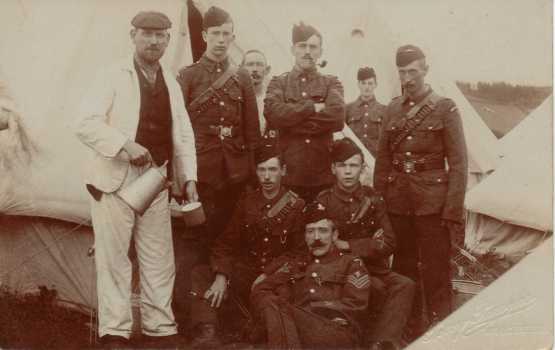
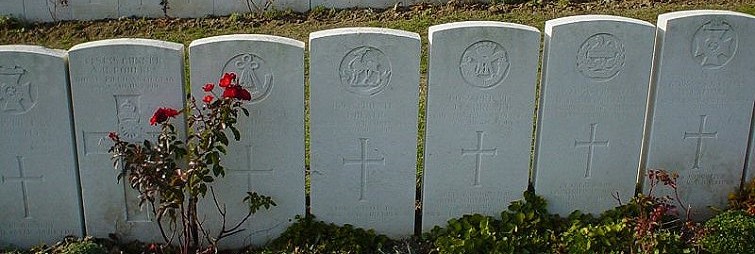


I would like to say a big thank you on behalf of my family the carter family, for the wonderful write
Up of uncle Percy and the photographs shown
LikeLiked by 1 person